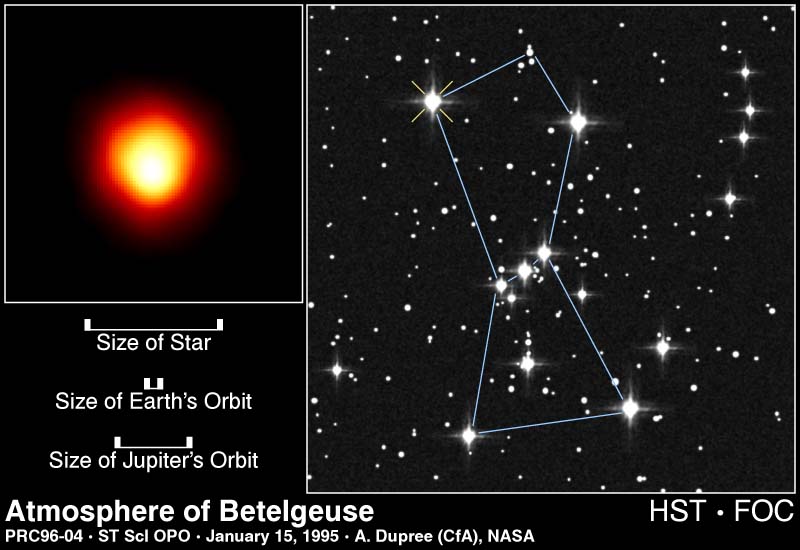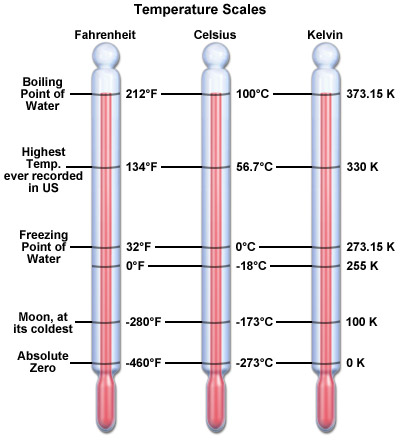 (M=20 Suns, R=1,000 Suns, L=135,000 Suns, T=3,500 K, d= 600 l.y., Age = 8.5 million years) |
PROPERTIES OF STARS
|
 (M=20 Suns, R=1,000 Suns, L=135,000 Suns, T=3,500 K, d= 600 l.y., Age = 8.5 million years) |
PROPERTIES OF STARS
|
Properties of Typical Main Sequence Stars
|
Properties of the Sun (Solar Units)
|
Properties of the Earth
|
Although, at first glance the range in properties seems large, a significant point is that the range is as small as it is. Clumps of matter in the Universe range from things as smaller or smaller than nuclei of atoms, masses on the order of 10-27 kgram and diameters on the order of 10-15 meter, to structures on the scale of the Universe itself which is larger than tens of billions of light years across.
 |
|